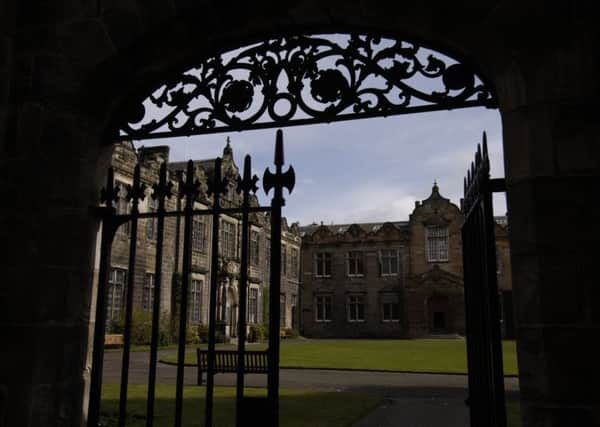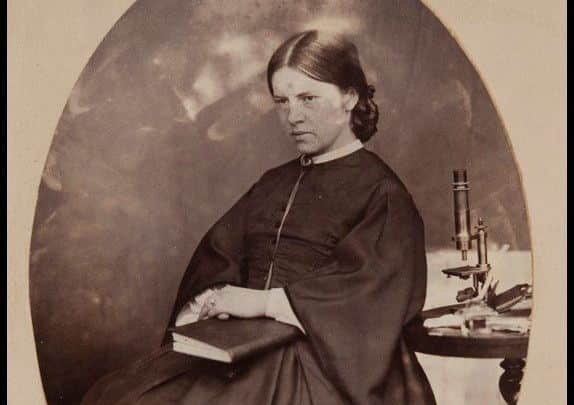Body snatchers among St Andrews University's former students


A new database launched by the university tracks the students who attended the institution between 1747 and 1897 and gives a fascinating insight into the triumphs – and disgraces – of its alumni.
Names range from Elizabeth Garrett Anderson, the first qualified female physician in Britain, who was banned from taking classes in the St Andrews medicine department and eventually had her matriculation cancelled, to James Wilson, a signatory to the Declaration of American Independence and an original judge of the Supreme Court.
Advertisement
Hide AdAdvertisement
Hide AdBut also within the records a far less exemplary category of student can be found, including an English literature student sentenced to 15 months’ hard labour for selling a diamond necklace stolen from his rich girlfriend.


Three former students with links to the body-snatching scandals of the 18th and 19th century are also revealed, including the son of a professor of medicine at the university, and Edinburgh-based surgeon Martin Eccles.
Eccles appeared in court in 1742 after being accused of “most indecently exposing, cutting and mangling” a corpse. Eccles wrote to the Caledonian Mercury newspaper to protest his innocence of crimes of the “most heinous nature” after the body of Alexander Baxter was found in a house close to the surgeon’s “shop”.
The surgeon was fined £10 after the case was not proven against him, but he was to feel the full force of the public disgust whipped up by the body-snatching scandal.
A report in the Scots Magazine on 5 March, 1742, printed days after Baxter’s body was discovered, said: “The population were enraged and crowded the place, threatening destruction to the surgeons.”


Two other students left the university in 1747, including John Simpson, the son of Thomas Simpson, professor of medicine at the university, after being accused of resurrectionist activities.
David Ramsay, who was awarded an MA in 1749, absconded to England after being involved in a body-snatching case in St Andrews and a paternity case in Fowlis Wester, near Perth. In 1750 he was reported to have settled in the West Indies.
Advertisement
Hide AdAdvertisement
Hide AdOther students in the “hall of shame” include David Don Watson, son of a Cupar provost and corn merchant, who studied English literature in 1888.
After leaving university and moving to London, he left his wife and became embroiled with West End gangsters.
After defrauding his new girlfriend, Eva Golding, by stealing her jewellery, he was sentenced to 15 months’ hard labour and was later disowned by his father.
The new St Andrews University archive, which is accessible online, was compiled by its former keeper of muniments, Robert N Smart, and includes 21 inventors, 25 poets and 71 politicians.
Dr Alice Crawford, senior librarian at the university, said: “This fascinating resource reveals the tales of the many lives which have been touched and formed by the University of St Andrews. For the first time the public can now search for this information online and see what an influence the university has been on the movers and shakers of the era.”
Other entrants include Isaac Wilson, who officiated at the birth of Queen Victoria; Samuel Foart Simmons, who treated the madness of King George III; and Michael Cudmore Furnell, a pioneer in the use of chloroform as an anaesthetic in 1847.
The archive is available online at www.st-andrews.ac.uk/library/specialcollections/collections/archives/